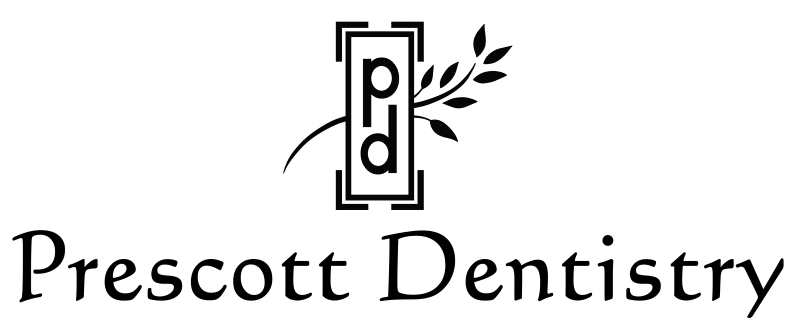
13 Oct How Ozone Therapy Supports Healing After Dental Procedures
Even though you won’t feel any pain during a dental procedure, the recovery period afterward can still be uncomfortable. Luckily, we can speed up the healing process naturally with non-invasive treatments like ozone therapy. This holistic treatment is a safe and effective way to stimulate healing and support a quicker recovery.
Let’s take a closer look at how ozone therapy works, and how it can be a valuable part of your recovery after dental treatments.
How Does Ozone Therapy Work?
Ozone therapy uses medical-grade ozone gas to disinfect, reduce inflammation, and stimulate healing. After your dental procedure, we can apply a carefully controlled dose of ozone (an energized form of oxygen) directly to the affected area.
Because it is highly reactive, ozone has powerful antimicrobial and healing properties without involving harsh chemicals or antibiotics. Ozone is often used as a supplemental treatment during or after dental procedures to create a healthier environment for healing.
When Is Ozone Therapy Used in Dentistry?
After Tooth Extractions
Until the extraction site heals, the empty tooth socket is vulnerable to bacteria. Infections can cause complications like dry socket and delay healing. Ozone therapy disinfects the area, encourages blood clot formation, and promotes tissue regeneration. This allows the extraction site to heal more quickly, and it also helps prevent infections.
During Root Canal Procedures
One of the most important steps in a root canal procedure is cleaning out the infected pulp inside a tooth. Ozone gas or ozonated water can penetrate deep into the tiny canals, killing bacteria and sterilizing areas that other disinfectants may miss.
Along with Periodontal Treatments
Gum disease is caused by harmful plaque buildup that irritates and inflames the gums. As the gums recede, pockets form between the teeth and gums that collect bacteria and food debris. Ozone can be applied directly into these gum pockets to eliminate bacteria, reduce inflammation, and help the gum tissue reattach to the teeth.
Before Placing a Filling
Before we fill a cavity, we can use ozone to disinfect the area where decay was removed. This eliminates any lingering bacteria and reduces the risk of cavities forming underneath the filling.
Four Benefits of Ozone Therapy After Dental Procedures
1. Ozone Kills Bacteria, Viruses, and Fungi
Ozone is a natural disinfectant. After procedures such as root canals, extractions, or periodontal therapy, ozone helps eliminate harmful microbes that could otherwise cause infection or slow healing. Unlike antibiotics, ozone doesn’t contribute to bacterial resistance.
2. It Reduces Inflammation and Pain
Inflammation is a natural response to dental procedures, but excessive swelling and discomfort can interfere with recovery. Ozone therapy improves circulation, delivering more oxygen to your tissues and reducing inflammation. Many patients experience less post-treatment soreness and a faster recovery.
3. Ozone Accelerates Healing
By stimulating the body’s natural immune response and increasing oxygen levels in tissues, ozone therapy encourages faster regeneration of cells. This means your gums, bones, and other oral tissues can naturally heal more quickly after surgery or restorative treatments.
4. It Promotes Long-Term Oral Health
Ozone therapy doesn’t only help with immediate healing—it also supports better oral health in the future. Improved gum health helps reduce your risk of heart disease and other conditions associated with gum disease. Ozone therapy also reduces your risk of reinfection, keeping gum disease in check.
Ask Us About Ozone Therapy at Your Next Dental Appointment
Ozone therapy is a safe, natural way to heal quickly after a dental procedure. At Prescott Dentistry we can use ozone therapy to help you recover faster and more comfortably. If you’re interested in ozone therapy, ask us about it at your next exam, we’d be happy to explain more! Contact us to schedule an appointment today.
Images used under creative commons license – commercial use (10/13/2025). Photo by Fakhri Labib on Unsplash



